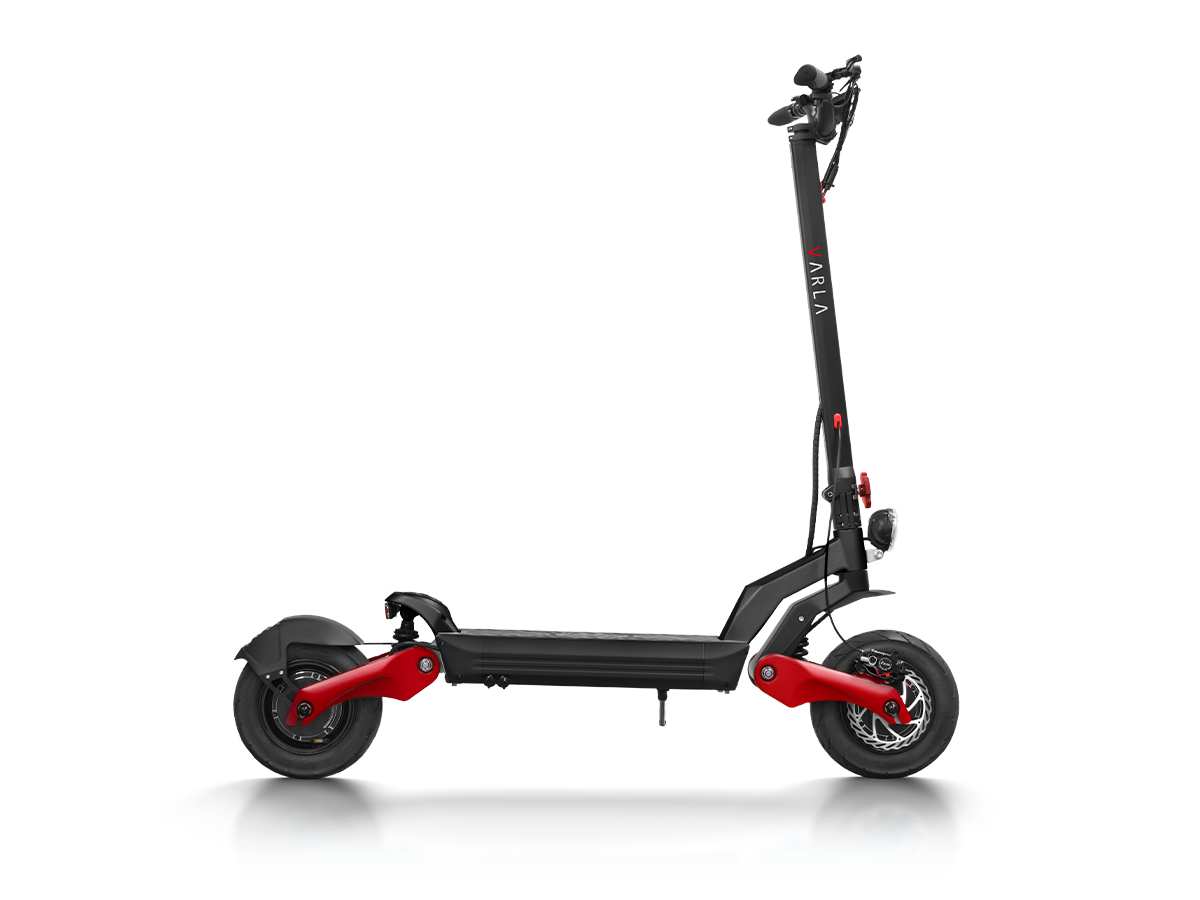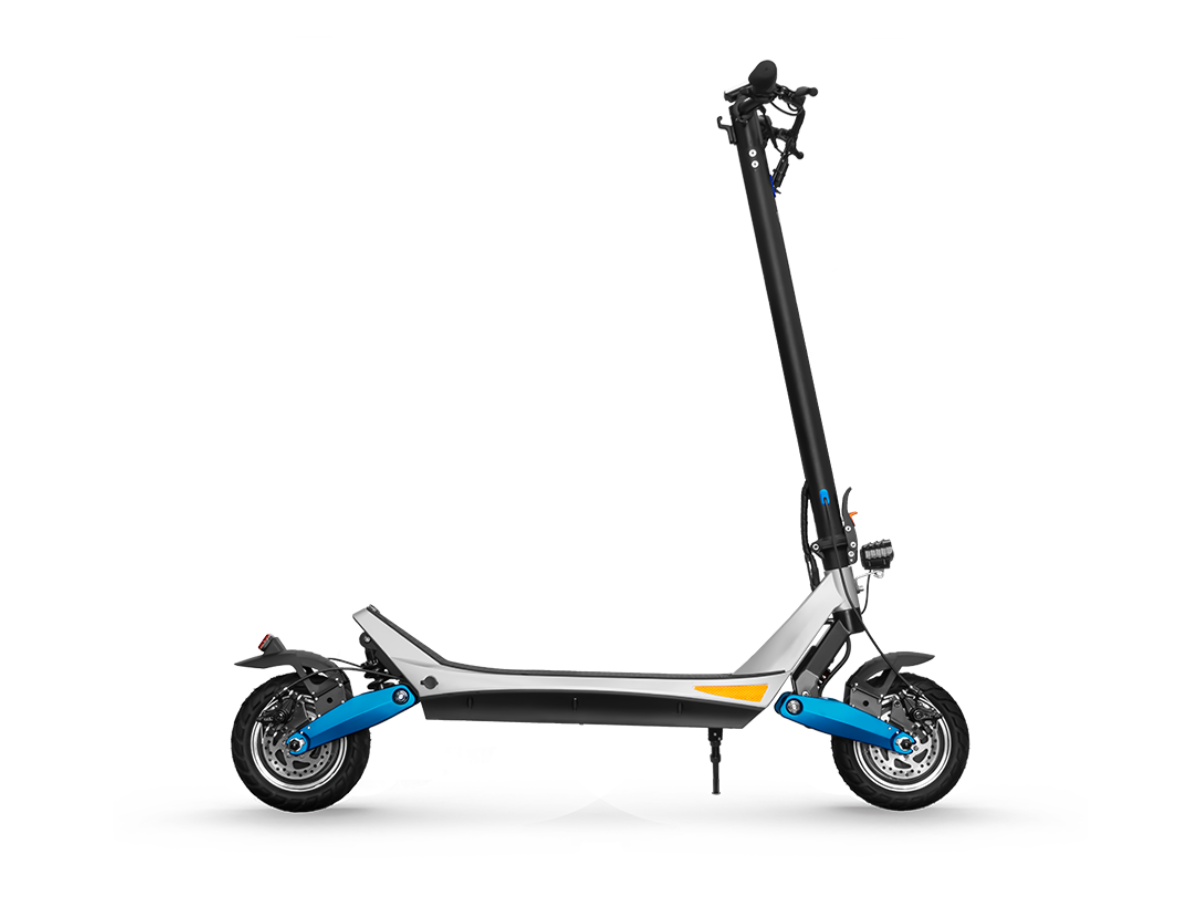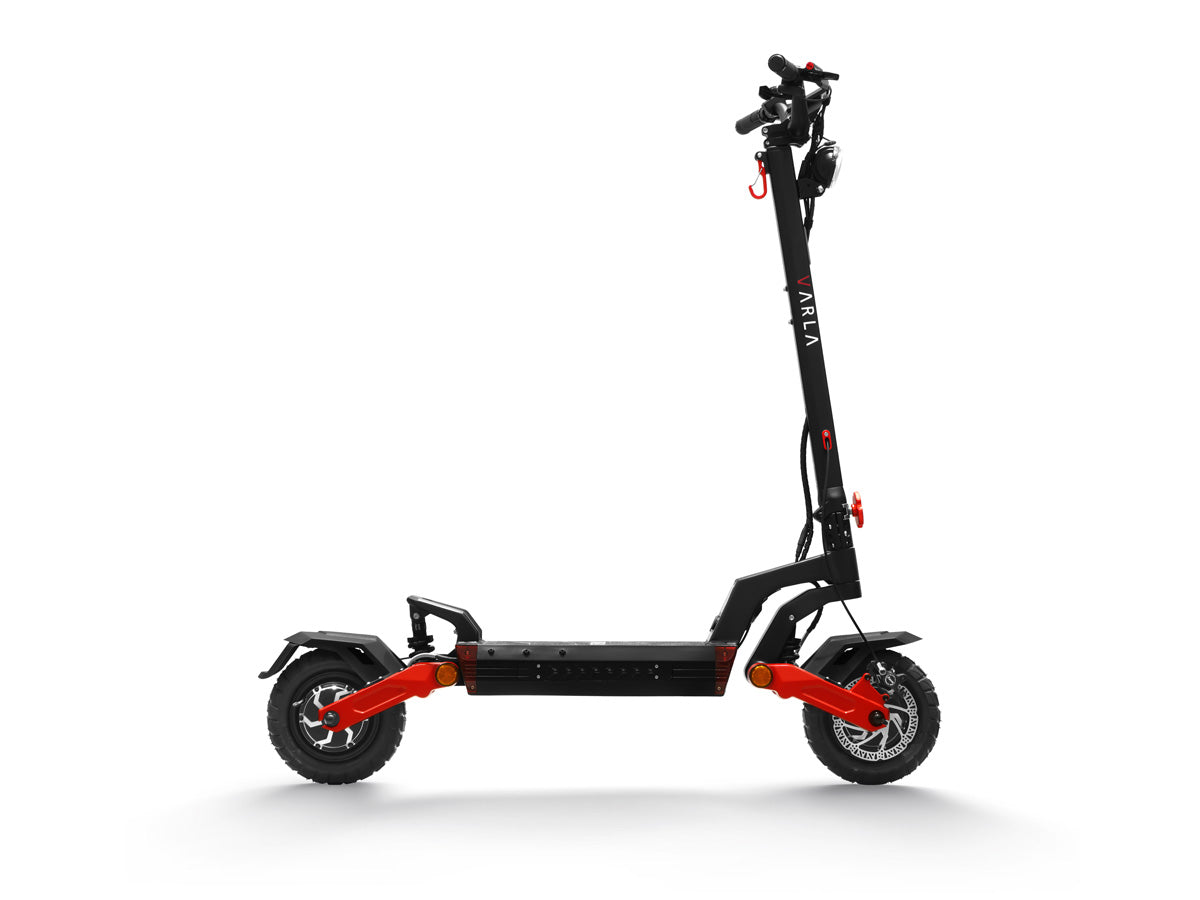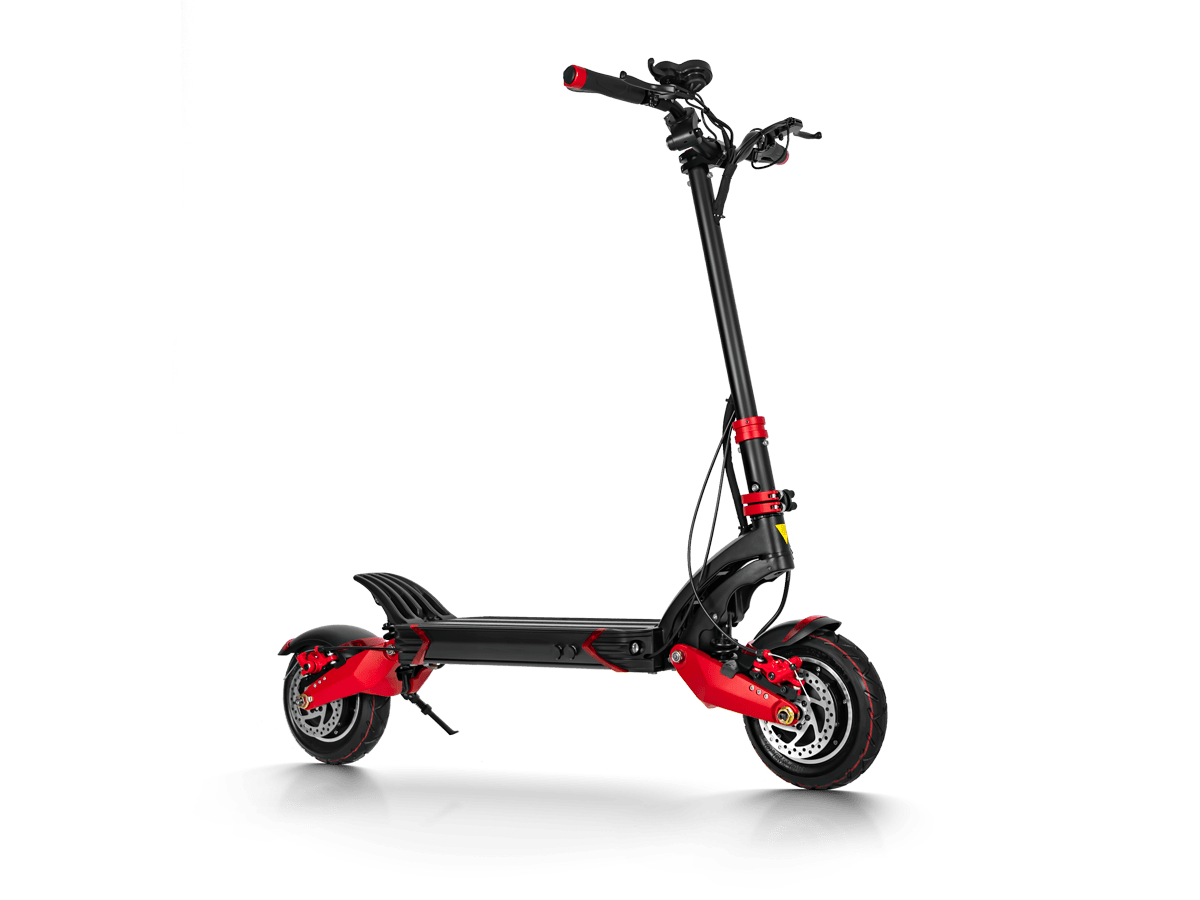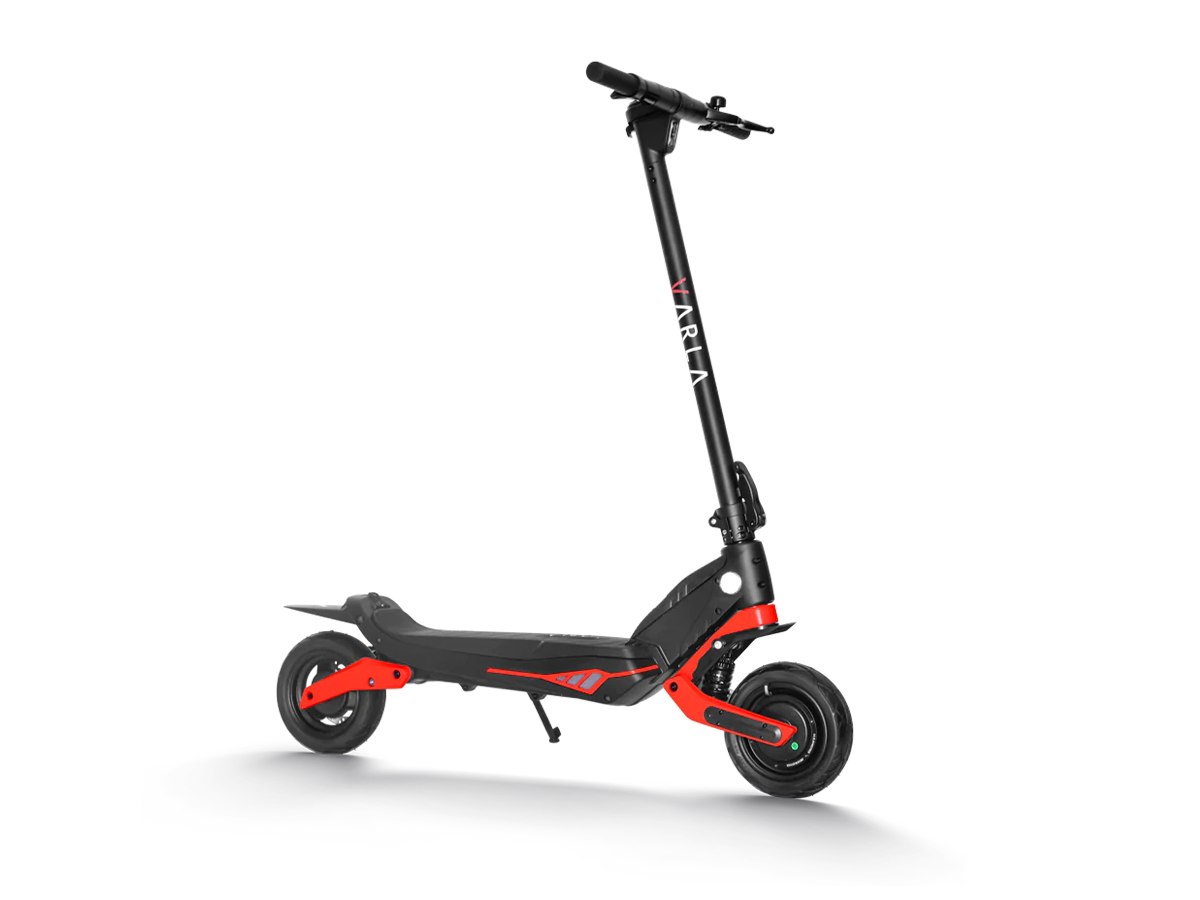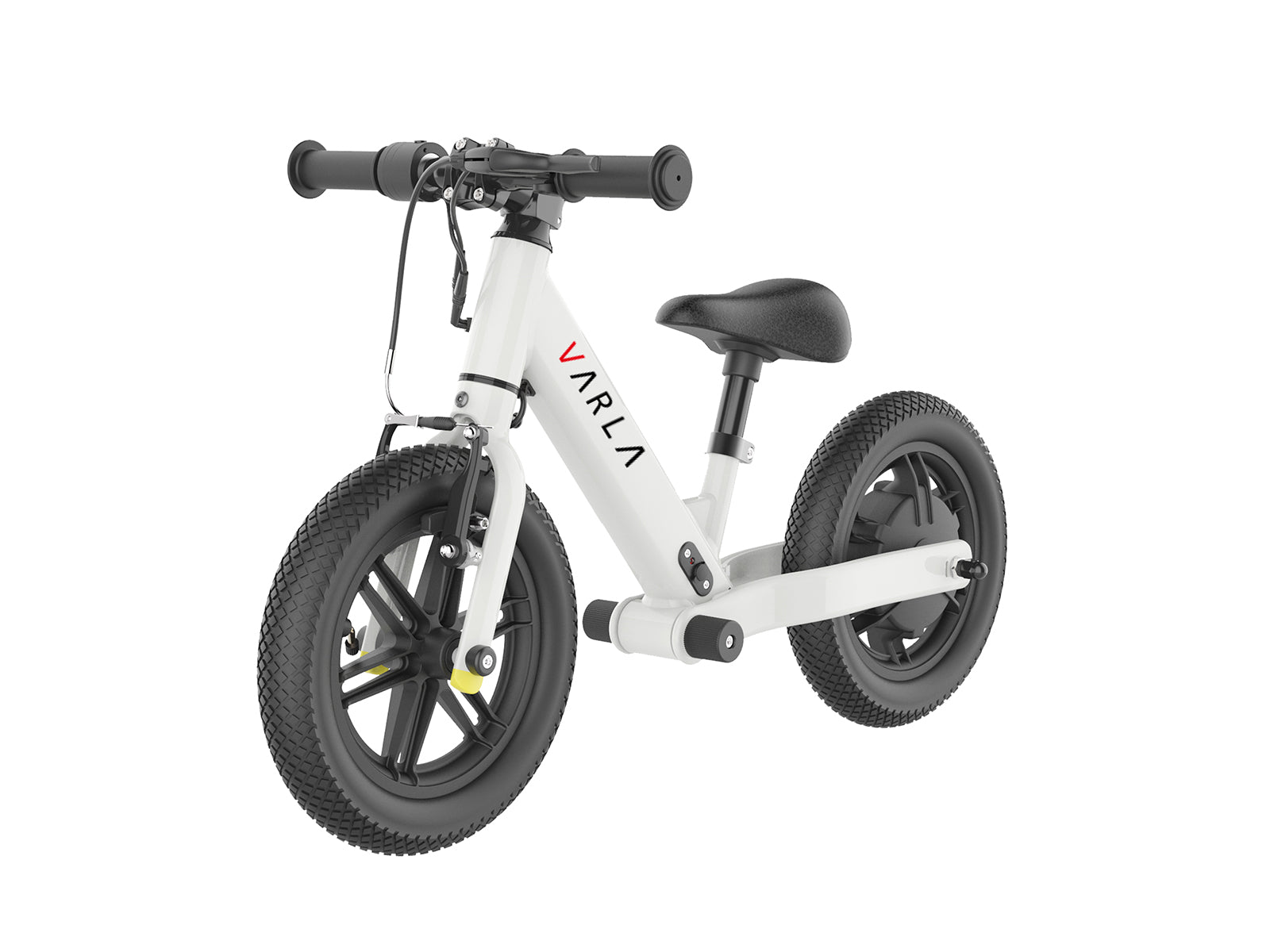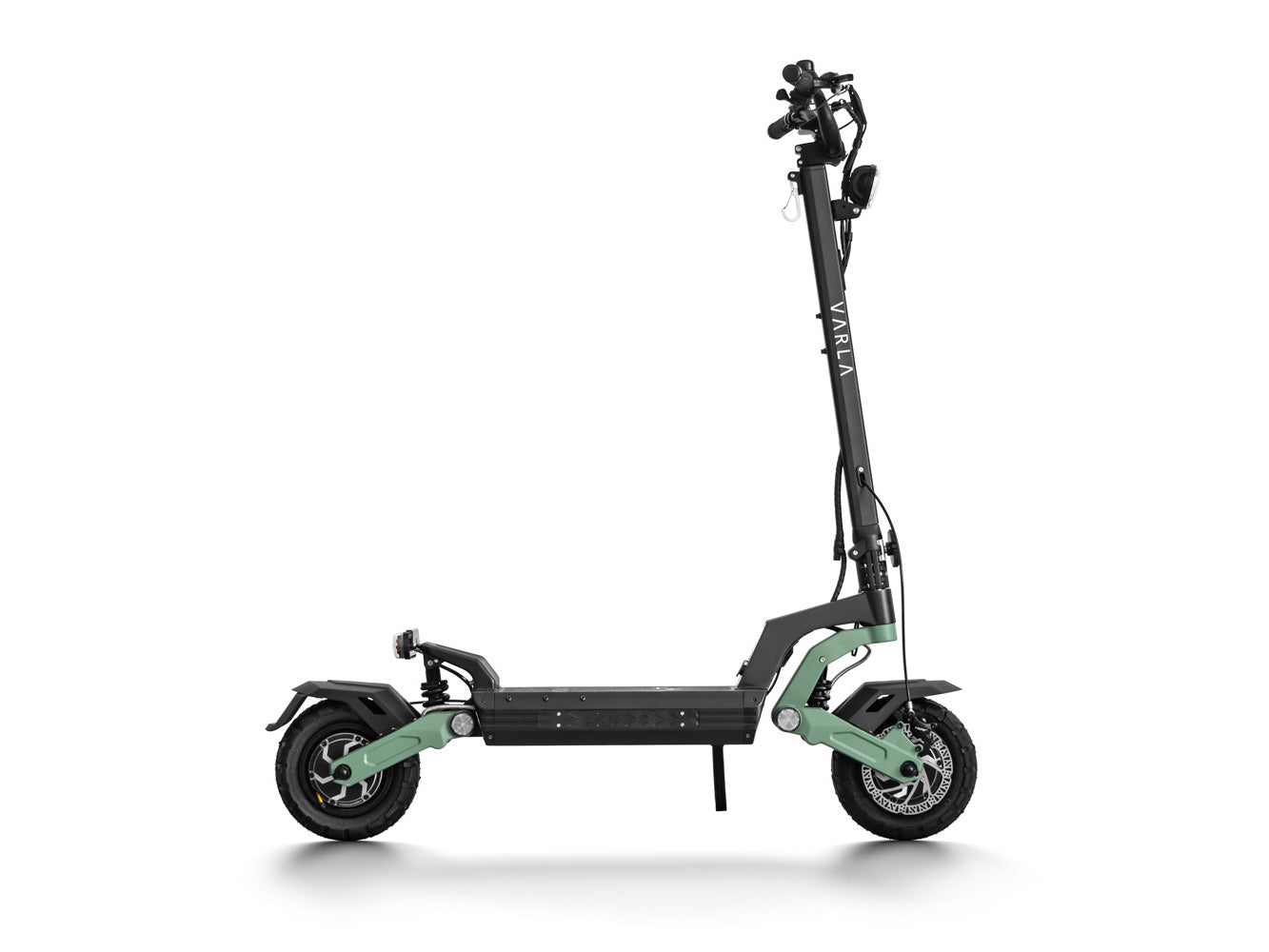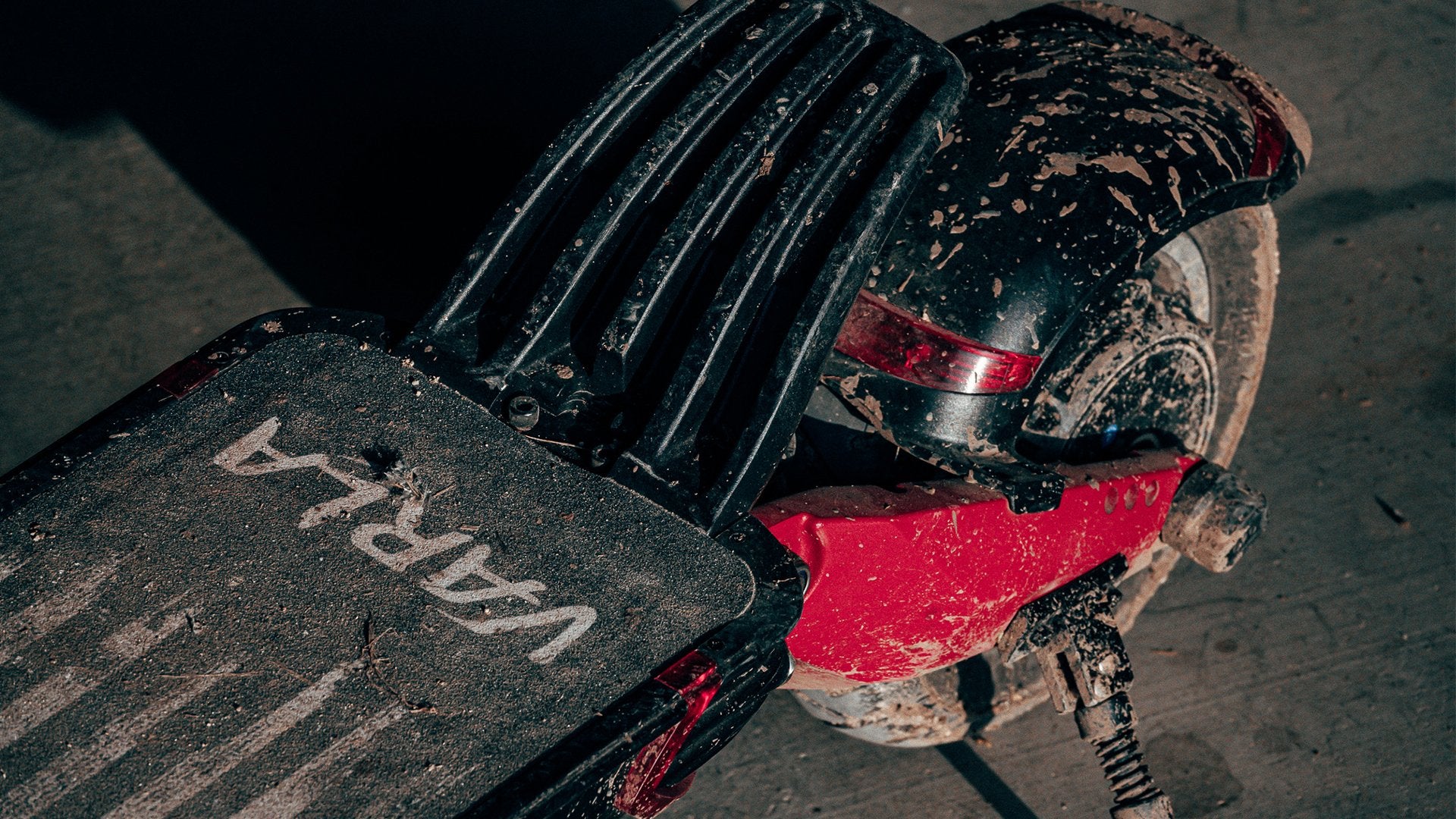
How to Properly Clean and Care for Your Varla Scooter
Just like bicycles and cars, electric scooters require maintenance and regular cleaning to ensure that they maintain optimum performance on or off-road. Setting a regular cleaning schedule for your Varla scooter is essential to its longevity. While this may sound like a lot of work, keeping your scooter clean is easy and doesn’t require a lot of effort.
In a lot of ways, cleaning an electric scooter is much like cleaning a bike. The only difference is that extra caution should be taken when cleaning around any electrical components as water can cause damage or malfunctions. In this article, we’ll cover how to properly clean your Varla scooter, so it stays looking great while making sure the electrical components stay protected.

Before You Get Started
Understand the IP Rating of Your Varla Scooter
Varla scooter models have a waterproof rating of IP54. IP stands for Ingress Protection Code which is used to rate how well casings or other covers can protect electrical components from things like dust or water.
The first digit in the rating (5) indicates how well Varla scooters are protected against solid debris such as dirt and dust. This number runs on a scale of 1 to 6, making Varla scooters very well protected.
The second digit (4) indicates how well Varla scooters are protected against liquids such as water. The scale for this rating runs between 1 to 8. A rating of 4 means that the casing can protect electrical components against water jets up to 4.4 psi. For this reason, you should never use a hose or pressure washer when washing your scooter. Even a standard garden hose can easily reach 40 to 60 psi. Needless to say, you also shouldn’t submerge any components of your electric scooter in water.
How Often Should Your Varla Scooter Be Washed?
The frequency of your cleaning schedule will depend on its use. Since Varla designs its models to be long-range scooters, you are likely using it for extended periods of time. If you ride your scooter often or use it off-road, you may need to clean it more frequently. At a minimum, your Varla should be cleaned every two weeks.
Waiting too long between cleanings can lead to additional wear and tear or could make it more difficult to clean in the future.
What You’ll Need to Clean Your Scooter
It’s important to make sure that you have the right tools and cleaning supplies before you start. At a minimum, you will need the following:
- Soft Sponges- Preferably two sponges, one for the body and another for the wheels (which are the dirtiest part to clean).
- Two Buckets- One bucket for warm, soapy water and another for clean water.
- Soap or Detergent- Use a gentle cleaning solution (like Dawn dish soap). If you need something a little stronger, you can use lemon juice or baking soda with vinegar. Never use alcohol, kerosene, or another corrosive chemical for cleaning as this can damage the appearance and operation of your scooter.
- Cleaning Brush- An old toothbrush works just fine to help get into tight spaces you can’t reach with a sponge.
- Old Rags or Towels- These will be used to dry your scooter, so make sure they are absorbent.
- Lubrication- WD-40 or Vaseline can be used to lubricate moving parts of your electric scooter.
Cleaning Your Electric Scooter
Step 1: Set Up Your Washing Area and Prep Your Scooter
The best place to wash your electric scooter is outdoors. This helps maintain a good amount of airflow which protects against water making its way into electrical components. This will also help the water to dry faster since prolonged exposure to water can damage some parts. If the weather is unfavorable, a well-ventilated area such as a garage will suffice.
Next, set up your scooter on a level surface. This will ensure that the scooter remains stable while being washed and won't tip over. You’ll also want to make sure that the battery is cool as this can evaporate the water more quickly making it easier to penetrate the electronic components. For best results, remove the battery entirely from the scooter before getting started.
Fill your buckets with warm water (with soap in only one of them). Place your cleaning supplies out so they are easy to reach. This will make the cleaning process easier and reduce the chance of making a large mess to clean up later.
Step 2: Cleaning the Body of Your Scooter
You will want to start with the major parts of the scooter body including the frame, handlebars, deck, fenders, and kickstand. We’ll skip the wheels for now. It’s best to clean the scooter from top to bottom using gentle strokes from the sponge to avoid any unnecessary scratches or abrasions. Keep in mind that it may be easier to clean some parts by simply removing them.
People sometimes make the mistake of thinking that the more saturated the sponge the better. This is not true. When you dip the sponge, be sure to ring out as much water as possible until there is little moisture left. The sponge should feel almost completely dry. Excess moisture in the sponge can make a mess and get into electronic components. Use the toothbrush to get into tight spaces around the throttle, brake levers, displays, and lights.
Periodically, rinse the sponge using the bucket of clean water. This will help remove dirt and debris from the sponge that can scratch the paint.
Step 3: Dry the Exterior of Your Scooter
Once your scooter is clean (except for the wheels), use a towel or rag to wipe the scooter body down and remove any excess water or moisture. Just like when you cleaned the scooter, you should work from top to bottom.
Never use a hairdryer or compressed air to dry your electric scooter. This can cause damage as the air pressure could force water into the electronic components by accident. Letting the scooter dry in the hot sun can have the same effect as the heat turns the excess water into steam. The only tool that is acceptable other than a towel or rag is a wet-dry vacuum. This works well because it pulls water away from the scooter.
Step 4: Clean the Wheels
After the body of your scooter is dry, you can focus on cleaning the dirtiest part of your scooter. If you try to wash the entire scooter at the same time, you’ll likely transfer dirt from the wheels to other parts of the scooter. If possible, you should have a separate sponge just for the wheels. You also want to wash the wheels separately from the body as soap and other detergents can leave a residue on the wheels that can affect the grip and create a safety hazard when riding.
Scrub the wheels well and use the toothbrush to reach under the fenders and in between the wheel spokes.
This is also a great opportunity to inspect the wheels and brakes for damage. This is especially important on the Eagle One model that has air-inflated tires. Look for any tears or wear on the tires that could eventually lead to a leak.
After the wheels are cleaned, use the towel or rag to dry them thoroughly.
Step 5: Lubrication and Final Inspection
Once your scooter is completely cleaned and dried, you can reinstall the battery. Next, take a look at any movable parts such as the throttle, brake levers, and kickstand to ensure they are still in good working order.
If needed, use WD-40 or Vaseline to lubricate any moveable parts that don’t move freely or squeak. You should also apply a very small amount of lubricant to brake pads. Use caution not to apply too much as this can reduce brake performance and result in not being able to stop quickly.
Let the Varla Team Help You Keep Your Scooter Running at Top Performance
Our adult scooters are designed to endure a lot of wear and tear whether you are taking your scooter off-road or are a big guy. You’ll want to care for your Varla scooter to help it perform at its best every time you ride.
If you have any questions about the care or maintenance of your scooter, please check your Varla owner’s manual or give the experts at Varla a shout. We’re here to help!
Newletter
Promotions, new products and sales. Directly to your inbox.
